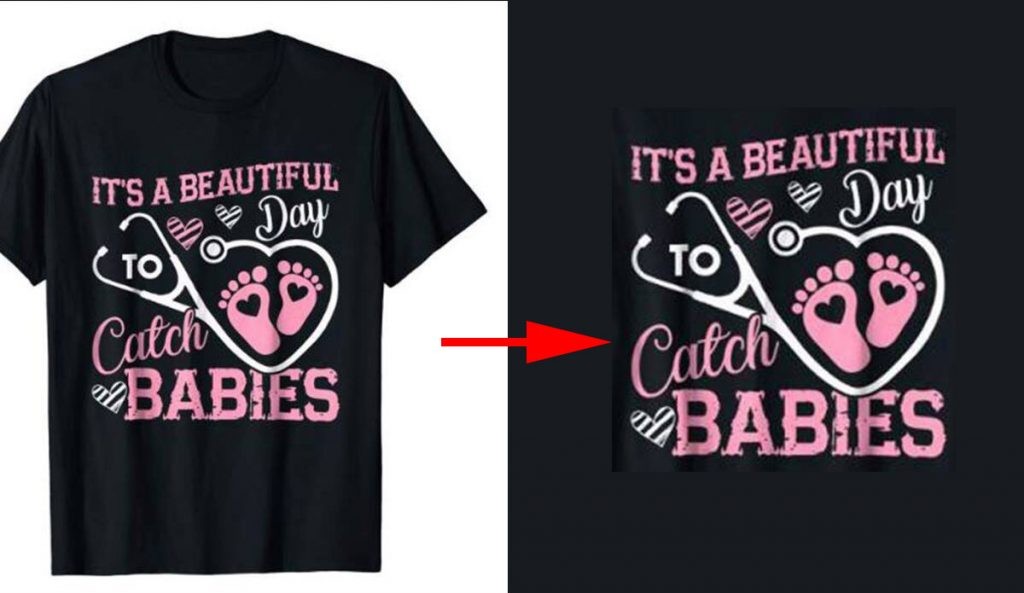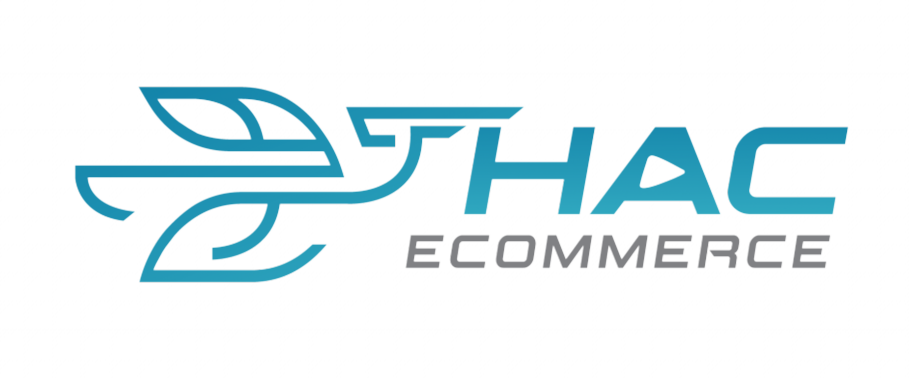Are Background Removal and Clone Design the Same Technique?
Are background removal and clone design the same, or are they simply different names for similar processes? This is a common question among newcomers to the MMO design industry. So, what’s the truth? What are the similarities and differences between them?
Today, Hacecommerce is excited to share insights into these techniques—background removal and clone design. These methods are often misunderstood, and this article aims to help new and seasoned POD (Print-on-Demand) sellers better navigate the intricacies of these design processes.

What Is Background Removal?
Background removal is the process of eliminating the backdrop or any undesired elements behind the main subject of an artwork. The goal is to isolate the central object, whether a character, typography, or any other design element while keeping its details intact.
In simpler terms, it involves removing the existing background so the subject can be placed onto a more visually appealing one. However, specialized tools like Photoshop or Illustrator are often necessary for complex designs with intricate details to achieve high-quality results.
A steady hand and a keen eye are essential for effectively removing any excess elements without compromising the design’s integrity.
What Is Clone Design?
Clone design involves using existing templates or designs—either older creations or those by others—and recreating them using specific techniques. Designers may also add personalized touches to create a unique final product.
This method is widely used in the POD industry because it allows for quick production of new designs that can be applied to products and sold at competitive prices. A common approach is to identify trending products on platforms like Amazon or Etsy, save those designs, and replicate or recreate them using design software.
Important Considerations When Using Clone Design for Selling Products:
- Start with High-Resolution Images: Select high-resolution templates or designs to facilitate easier cloning and separation of elements from the original product mockup.
- Avoid Low-Resolution Images: If the source file is low resolution, it’s best to manually recreate or design it from scratch to ensure smooth printing quality.
- Choose Different Platforms for Sales: Avoid selling cloned designs on the same e-commerce platform where the original design is listed. For instance, if you clone a design from a shop on Amazon, do not resell it on Amazon to prevent it from being reported or your account is suspended.
- Personalize and Expand to Other Platforms: Clone designs from major platforms and incorporates your unique creativity, then sell them on alternative platforms like WooCommerce or Shopify.

How Do Background Removal and Clone Design Differ?
- Art Quality and Output
- Background Removal: This is a straightforward technique where the output quality heavily depends on the original template. Adjustments are limited, as the process is primarily about removing the background. For example:
- Background color removal results in a clean design with no visible edges.
- Background blur or partial removal might allow for more flexibility in adding new backgrounds but may leave traces of the original.
- Clone Design: This technique involves sourcing elements and meticulously recreating details such as imagery and fonts. Clone designs often have superior quality because they are rebuilt from scratch, offering greater control over the final result.
- Personalization
- Background Removal: The final design has no editable layers, meaning you can’t modify existing details. It’s essentially a static design once completed.
- Clone Design: Since the process starts from scratch, designers can change various elements like fonts, colors, and layouts. This flexibility makes clone design ideal for creating highly personalized and customizable outputs.
- Accuracy
- Background Removal: The accuracy of the production is entirely dependent on the quality of the original template. While it guarantees an exact match to the original, the overall quality of the final product might suffer if the original wasn’t high resolution.
- Clone Design: Clone design offers accuracy levels ranging from 95% to 100%, depending on the availability of resources and the complexity of the original design. However, slight variations may arise due to the manual recreation process.
Hiring Designers for Clone Design
When time constraints make it challenging to handle background removal and clone design, outsourcing the task to a professional designer can be a great option. This approach ensures you receive unique and high-quality designs without wasting time and effort.
Tips for Hiring Designers:
- Beware of Overpriced Services: Choose a design service that works within your ideas but doesn’t inflate prices or copy others’ designs without adding originality.
- Communicate Clearly: Provide detailed instructions and ideas to ensure the final design aligns with your vision.
- Evaluate Credibility: Check the designer’s experience and portfolio before hiring to ensure they meet your expectations.
- Request the Original Files: Ensure you receive the source files (e.g., PSD, AI) for future editing or customization upon project completion.

Conclusion
While background removal and clone design share similarities, they are distinct techniques with unique applications. Understanding their differences is essential for anyone in the POD market, particularly those designing custom apparel like T-shirts.
If you’re struggling with finding or creating the right art to match market trends, remember that Hacecommerce offers comprehensive fulfillment services and PayPal accounts rental services to support POD sellers and cross-border businesses.

